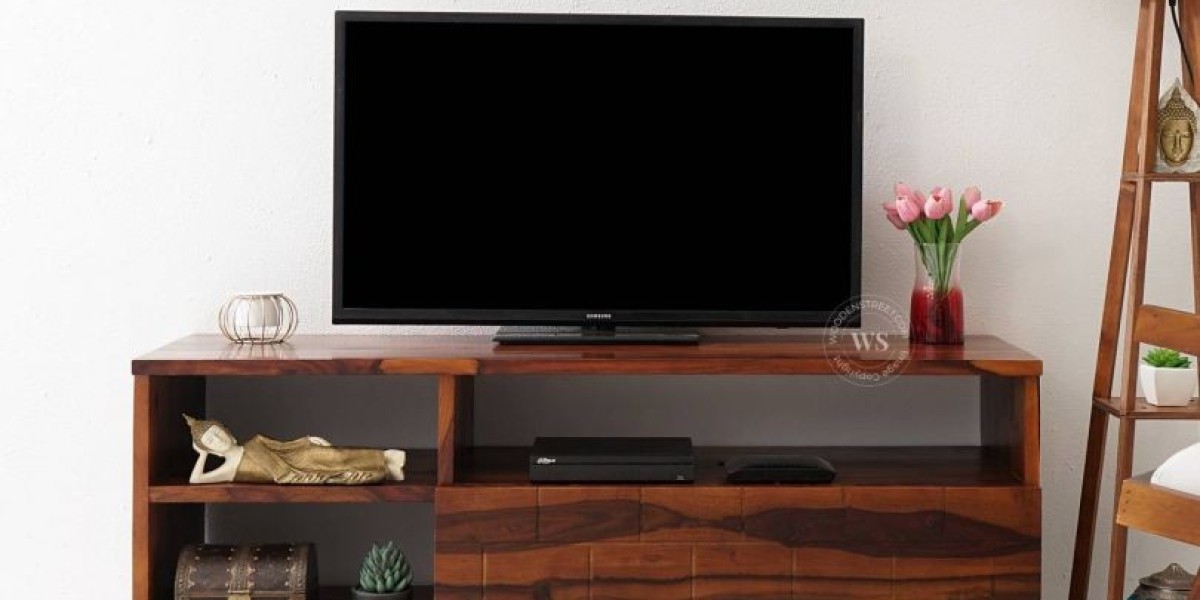Choosing the right colors for your TV panel design is an important aspect of home decor that can significantly impact the look and feel of your living space. Whether you're setting up a modern entertainment area or designing a cozy family room, the color of the TV panel plays a crucial role in creating the perfect ambiance. In this article, we'll explore various factors to consider when selecting colors for your TV panel design and how these choices can enhance your home's aesthetic.
1. Consider the Room’s Overall Theme
The first step in choosing the right color for your TV panel design is to consider the overall theme of the room. Is your room designed in a modern, minimalist style, or is it more traditional and cozy? The color of the TV panel should complement the existing design elements in the room, such as the furniture, wall color, and flooring.
Modern Spaces: If your room follows a modern or contemporary design, opt for sleek colors like black, white, or grey. These neutral shades are timeless and can easily blend with modern decor.
Traditional Spaces: For rooms with a more classic or rustic style, wood finishes or warmer tones like beige, cream, or brown can work well. These colors add warmth and complement natural textures.

2. Understand the Role of Contrast
Contrast is a key factor in choosing the right color for your TV panel design. A well-balanced contrast between the TV panel and the wall can create a striking visual impact.
Light Walls: If the walls in your room are light-colored, such as white or pastel shades, a darker TV panel like charcoal, navy blue, or even black will stand out and create a focal point.
Dark Walls: On the other hand, if you have darker walls, a lighter TV panel can add contrast and prevent the room from feeling too enclosed. Colors like white, cream, or light wood finishes are great options.
3. Match the Panel with Your TV Screen
Your TV screen is the centerpiece of the panel, so it's important to consider its size and color when selecting the panel's shade. Since most TVs have a black or dark grey frame, it’s often advisable to choose a panel color that complements or contrasts with this.
For Black TV Screens: A black TV screen blends well with dark-colored panels, creating a seamless look. Alternatively, you can choose a contrasting light color for a more distinct visual separation.
For Grey or Silver TV Screens: If your TV has a grey or silver frame, neutral tones like grey, white, or soft metallic shades for the panel can harmonize the overall look.
4. Choose Colors That Enhance the Viewing Experience
The TV panel design should not only look aesthetically pleasing but also enhance your viewing experience. The color of the panel can influence how comfortable and focused you feel while watching TV.
Avoid Bright Colors: Bright colors like red, yellow, or orange may be too distracting for the eyes during TV viewing. It's best to avoid such bold hues in the immediate area around the TV screen.
Opt for Neutral or Darker Tones: Neutral shades like beige, grey, or soft brown, as well as darker tones like black or deep blue, are less likely to cause eye strain and can create a calming environment for watching TV.
5. Consider the Material of the TV Panel
The material of your TV panel can also affect the way colors appear and interact with the room’s lighting. For example, high-gloss panels will reflect light differently than matte or wooden finishes, which can change the overall perception of color.
Glossy Panels: If you opt for a glossy TV panel, remember that darker colors like black or navy may reflect light and cause glare, especially if the TV is positioned in a well-lit room.
Matte or Wood Finishes: Matte panels are more forgiving and reduce reflections. Wood finishes, especially in medium or dark stains, offer a natural warmth that blends seamlessly with a variety of decor styles.
6. Coordinate with Other Furniture
The TV panel doesn’t exist in isolation, so it’s important to consider how it coordinates with other furniture pieces in the room. The color of the panel should either complement or contrast with items like the sofa, coffee table, or bookshelves.
Complementary Colors: If you prefer a cohesive look, choose a color that complements your existing furniture. For example, if you have a wooden coffee table, a TV panel with a similar wood finish can tie the room together.
Contrasting Colors: If you want the TV panel to be the focal point, choose a contrasting color that stands out from the rest of the room’s furniture. For instance, a bold black or white panel can create a dramatic statement against neutral furniture.

7. Incorporate Personal Style and Taste
At the end of the day, your personal style and taste should be the ultimate guide in choosing colors for your TV panel design. Whether you love bold, vibrant hues or prefer subtle, understated tones, your home should reflect your unique preferences.
Bold Choices: If you enjoy experimenting with bold colors, consider incorporating vibrant accents into the TV panel through patterns, textures, or colored backlighting.
Classic and Timeless: For a more timeless look, stick to neutral colors or classic wood finishes that won’t go out of style, ensuring your TV panel design remains relevant for years to come.
Conclusion
Selecting the right colors for your TV panel design is all about balance, contrast, and personal taste. By considering the overall theme of the room, understanding the role of contrast, coordinating with furniture, and factoring in your personal style, you can create a TV panel that enhances your home decor and provides an enjoyable viewing experience. Whether you're working with a modern lcd panel design or a traditional wooden frame, the right color choice can make all the difference.



